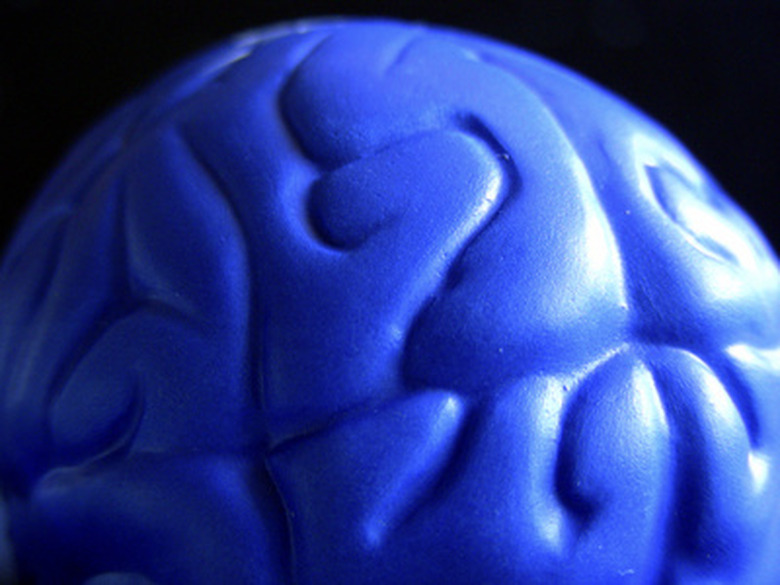Chemoreceptors & Heart Rate
Chemoreceptors are chemical receptors found in the arteries that provide blood to the brain, neck and face, as well as the brain stem, or medulla oblogonda. These chemical receptors are sensitive to changes in oxygen. They respond to these changes, adjusting the breathing rate as needed, which in turn affects the heart rate. Changes in heart rate must be monitored carefully, as they affect blood pressure and heart health.
What are Chemoreceptors?
What are Chemoreceptors?
Chemoreceptors are chemicals that collect information about the environment affecting an organism. In the human body, chemoreceptors collect information about the level of oxygen or carbon dioxide in the bloodstream.
Brain Chemoreceptors
Brain Chemoreceptors
Chemoreceptors in the brain monitor the level of carbon dioxide in the blood, as well as the pH level, or acid content. Increased carbon dioxide or decreased pH level causes the chemoreceptors to signal the heart to beat faster.
Cartoid Chemoreceptors
Cartoid Chemoreceptors
Chemoreceptors in the cartoids–pairs of arteries providing blood to the brain, face and neck–monitor the oxygen level in the bloodstream. Decreased oxygen causes these chemoreceptors to signal the heart to beat faster. When this happens, it puts the person at greater risk of stroke.
Health Concerns
Health Concerns
Increased heart rate leads to increased blood pressure. High blood pressure puts a person at greater risk of heart disease, including heart attacks and strokes.
Other Factors Influencing Heart Rate
Other Factors Influencing Heart Rate
Chemoreceptors are far from the only factor regulating heart rate. Blood pressure is regulated by the nerves in the arteries as well as the hormonal system; heart rate is affected by blood pressure. The amount of blood going into the heart during circulation, the strength of the heart muscle and the length of muscle fibers in the heart all contribute to the rate at which the heart pumps blood.
Cite This Article
MLA
Ori, Jack. "Chemoreceptors & Heart Rate" sciencing.com, https://www.sciencing.com/chemoreceptors-heart-rate-6498597/. 24 April 2017.
APA
Ori, Jack. (2017, April 24). Chemoreceptors & Heart Rate. sciencing.com. Retrieved from https://www.sciencing.com/chemoreceptors-heart-rate-6498597/
Chicago
Ori, Jack. Chemoreceptors & Heart Rate last modified March 24, 2022. https://www.sciencing.com/chemoreceptors-heart-rate-6498597/
